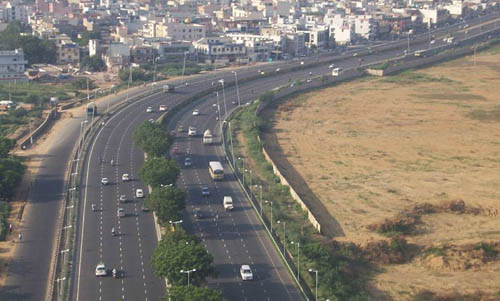
Real estate in Haryana draws sizeable investments: Assocham
The real estate sector accounted for a sizeable proportion of total investment, as of December 2011, in seven of the top 20 States, an Assocham study said on Monday, July 16.

The real estate sector accounted for a sizeable proportion of total investment, as of December 2011, in seven of the top 20 States, an Assocham study said on Monday, July 16.

Growth in the property business in Asia Pacific this year will be driven by many countries and not just China as in the recent past, according to DTZ survey. The region’s solid performance will be supported by strong growth in the use of equity for investment as opposed to debt, intra-regional investment, and increasing willingness of banks to lend, the company says in its research report Money into Property 2012.
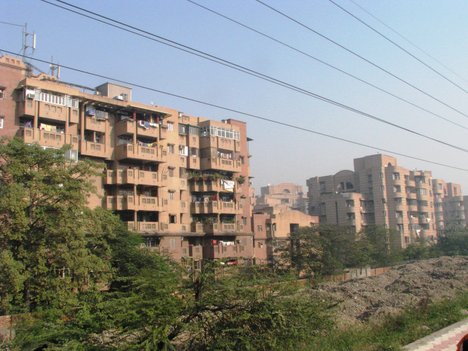
Lanco Infratech Ltd, the power producer, is reportedly seeking buyers for a real estate business it values at 27 billion rupees ($483 million). According to the sources close to the development the company has asked investment banks to submit proposals to manage the sale.

The annual monsoons have always been perceived both as a rural blessing and an urban curse – they are good news for the agrarian sector and the bane of water-logging prone cities. However, this caricatured mind-set is breaking.
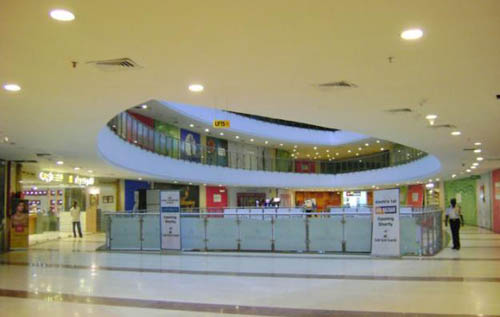
More than 30% of retail mall space against the projected supply for the first half of the year were deferred, says Cushman & Wakefield report on the retail real estate market. A fresh mall supply for H1 2012 stood at 2.27 million sq. ft. (msf). Approximately one million sq.ft. of expected mall supply was deferred to second half of the year or next year. The overall vacancy rate for the major cities as of H1 2012 stood at 19.6% marginally higher than the previous quarter.

Does it reflect a disconnect in the luxury housing where demand of high-end units is 16% but supply is as high as 80%? “Not Really.” says Anmol Haval DGM, Sales & Marketing of City Corporation Limited (CCL) which has launched ‘Sweet Water Villas’, an exclusive project of limited edition villas at ‘Amanora’, the first integrated township being developed under the special township policy of Government of Maharashtra.

Spiraling property prices and slump in home sales have forced the Union Housing Ministry to think out-of-the-box solutions. After the decision to set up a high-level committee to recommend policy interventions to facilitate creation of rental housing stocks, the ministry has now sought views from private developers and builders to evolve a strategy for reducing the time taken in approval of real estate projects that can help bring down the cost of houses.

India is reeling under the continued onslaught of inflation, petrol price hikes and generalized insecurity about where the economy is headed. Against all expectations, property prices in our metros have held firm and even show signs of upward movement. While the man on the street continues to wonder when he will be able to buy a modest home of his own, India’s super-rich are raising palatial homes at truly astronomical expense.
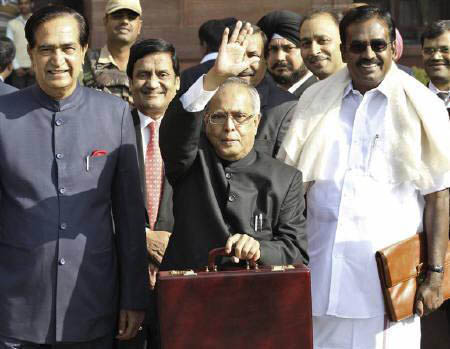
A White Paper on black money tabled in Parliament on Monday, May 21, has named real estate among others as most vulnerable to menace of black money. Given that land is part of the top black money generators, the white paper suggested that states could consider taxing farm income to curb black money.
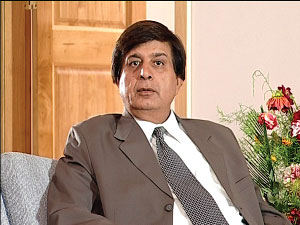
Redefining Public purpose, as suggest by Parliamentary Committee, will impact infrastructure, industrial and township development severely.
Provisions of LA and R&R Bill should not apply to private acquisitions done by developers after direct negotiation with land owners/farmers. Privately negotiated prices, in almost all cases, are much higher than acquisition compensation suggested in the bill.
